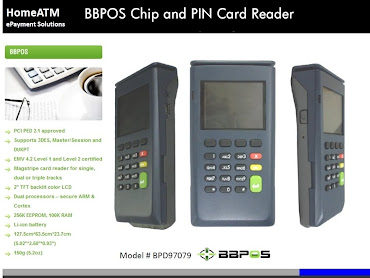Online shopkeepers willing to indicate how theirsales were doing in 2009 generally reported extremes, with sales eitherrising or falling by more than 10 percent, according to a new PracticaleCommerce survey.
Practical eCommerce asked a group of its readers how their 2009sales had fared compared to the first quarter of 2008. By April 7,2009, 34.6 percent of those responding had seen a 10 percent or greaterincrease in sales for the first three months of 2009 compared to thesame 2008 quarter. Some individuals indicated sales growth of 30percent or more. Unfortunately, another 28.8 percent of respondentssaid that their sales had fallen 10 percent or more in the first threemonth of 2009 compared to the same 2008 period. One merchant said saleswere off by more than 50 percent.
The Trend Could be Related to Business Size
The extremes in ecommerce sales growth and decline could simply be afunction of the fact that most Practical eCommerce readers representsmall-to medium-sized ecommerce businesses, which may be more volatilethan larger concerns. As evidence of this, a survey conducted inNovember 2008 by Practical eCommerce discovered that 47.7 percent ofits readers were relatively small businesses with sales of less than$100,000 annually; 23 percent had annual sales of $100,000 to $500,000;and another 18.7 percent had yearly sales between $500,000 and $5million.Smaller ecommerce businesses can be more volatile because of tightercash flows, smaller marketing budgets, and just because of the size oftheir total revenues.
"Due to the economic situation, I've put off purchasing replacementinventory and new inventory. I also put off attending the NYC Toy Fairwhich is 'the' show to attend in my industry," said one retailer whosesales had fallen 52 percent compared to the first quarter of 2008.
When sales drop for smaller retailers there is rarely a largereserve of capital. Cash flow constricts and even vital businessfunctions like purchasing inventory get postponed. When a product isout of stock, it cannot be sold, and sales fall. Tight budgets can alsomean that smaller merchants are likely to stop advertising before theirlarger cousins, again leading to a dramatic decline in total sales.
The Trend Could Be Tied to Brick-and-Mortar Sales
A second potential reason for the dual trends could be related tobrick-and-mortar sales. Nearly one fifth of Practical eCommerce readersoperate both a physical retail outlet and an online store. Sales atso-called brick-and-mortar stores are generally believed to be trailingecommerce sales, meaning that some of the survey's respondents might beweighed down with lackluster location sales and fixed, brick-and-mortaroverhead."Brick-and-mortar sales are stagnant," said one respondent. "The[economic] 'atmosphere' has kept customers away from in-storeshopping," said another survey respondent." Those who do shop makepurchases and then have them shipped to their residence to keep theirpurchases on the 'down-low' from the public eye."
The Trend Could Be Industry Related
The seemingly extreme differences in how well an ecommerce businesswas doing in 2009 might also have been the result of which industry amerchant was serving. As an example, of those businesses that hadexperienced a 10 percent or more growth in sales in the first quarterof 2009, 22 percent were in the home, furniture, or garden segment.As one retailer pointed out, more customers might be looking fordo-it-yourself supplies, and they are finding them cheaper online.










0 comments